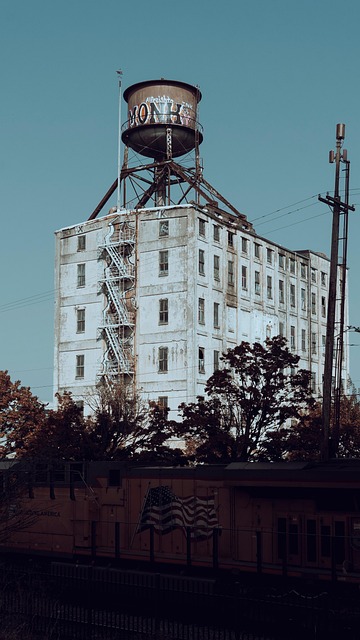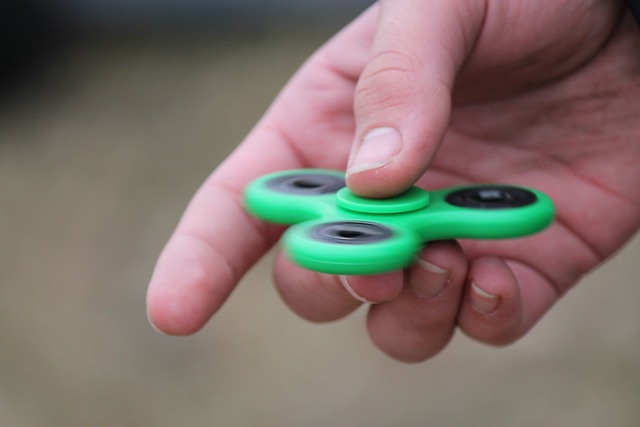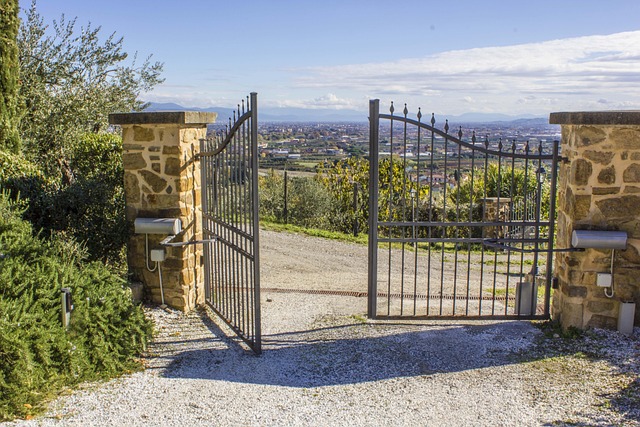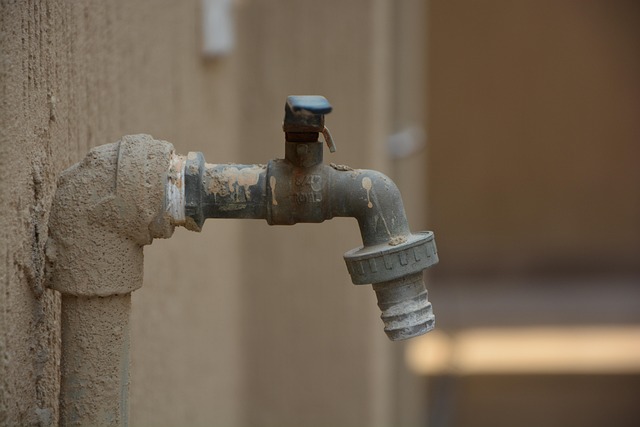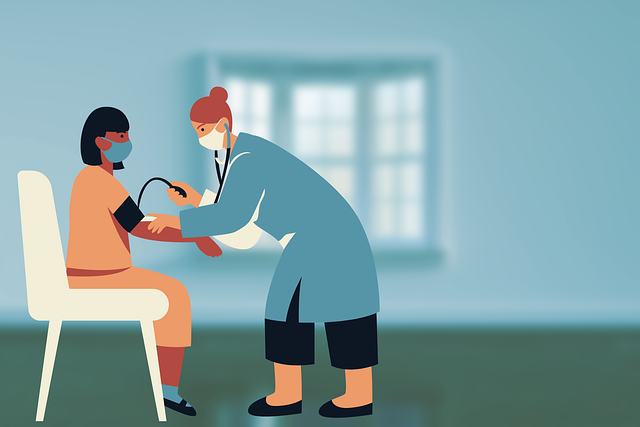Greenish stains around pipes often indicate plumbing issues caused by minerals, algae, or bacteria. Regular water quality testing and maintenance prevent damage. Address contamination from lead, copper, or iron through professional guidance. Proactive steps like vinegar flushing and debris removal keep pipes clear. Early action on stains saves costs and ensures safe drinking water. Consult a plumber for complex plumbing issues.
Greenish stains around pipes and fixtures can be more than just unsightly—they may indicate underlying plumbing issues. This article delves into the common causes of these stains, exploring how water quality plays a crucial role. Learn about effective testing methods for contaminants and essential maintenance tips to prevent future problems. Additionally, discover when it’s time to call a professional plumber for expert assistance with your plumbing issues.
- Identifying Common Causes of Greenish Stains
- Understanding Water Quality and Its Impact
- Testing Your Water for Contaminants
- Plumbing Maintenance Tips to Prevent Stains
- Professional Help: When to Call a Plumber
Identifying Common Causes of Greenish Stains
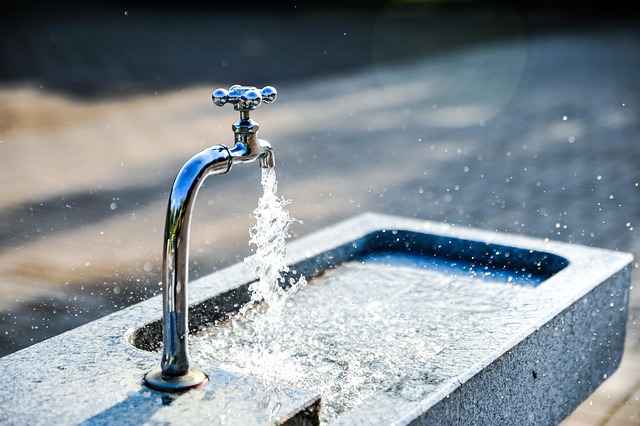
Greenish stains around pipes or fixtures can be a sign of various plumbing issues, often indicating the presence of certain minerals in your water supply. One common cause is iron, which can leach into the water and manifest as green or blue-green discoloration. This typically occurs when water passes through pipes made from materials like copper or lead, facilitating the transfer of these minerals. Another culprit could be manganese, another naturally occurring mineral that can give water a similar greenish hue.
Less commonly, algae growth in plumbing systems can also cause such stains. Algae thrive in damp, dark environments and can attach to pipe surfaces, slowly causing discoloration over time. Addressing potential plumbing issues early is essential not just for removing unsightly stains but also for preventing more serious damage to your pipes, fixtures, and appliances down the line.
Understanding Water Quality and Its Impact

Water quality plays a significant role in maintaining the health of your home’s plumbing system and preventing unsightly stains. Greenish stains around pipes or fixtures often indicate the presence of iron or bacteria, common components in water supplies. These contaminants can infiltrate pipes through old or damaged pipes, corroded fittings, or even the main water supply line. Over time, they can build up and cause discoloration, leading to visible stains on faucets, showerheads, and pipes.
Understanding your water source is crucial when addressing these plumbing issues. Well water, for instance, may have higher levels of minerals and contaminants due to its natural filtration process. City water supplies, while regulated, can still contain traces of impurities that contribute to such stains. Regular testing of your water quality can help identify specific issues and guide appropriate treatment methods, ensuring not only the removal of stains but also the overall well-being of your plumbing system.
Testing Your Water for Contaminants

If you’ve noticed greenish stains around pipes or fixtures, it could indicate the presence of contaminants in your water supply. The first step to address potential plumbing issues is to test your water. Home testing kits are readily available and can detect common contaminants like lead, copper, and iron. These substances often cause discoloration, including greenish hues, due to their chemical interactions with water.
Regular water testing is a proactive measure, especially if you live in an older home or suspect underground plumbing issues. It’s crucial to identify the source of contamination to ensure safe drinking water and prevent further damage to pipes. If test results reveal elevated levels of contaminants, consult a professional plumber who can guide you on the best course of action for remediation.
Plumbing Maintenance Tips to Prevent Stains

To prevent those unsightly green stains around pipes and fixtures, regular plumbing maintenance is key. Start by flushing your pipes with a mixture of warm water and white vinegar to dislodge any mineral buildup. This simple step can go a long way in avoiding the formation of algae and lime scale, which are common causes of stained pipes. Additionally, consider using a water softener to reduce hard water minerals in your plumbing system, as these can contribute to faster stain development.
Regular inspection and cleaning of fixtures and drains are also vital. Look for any signs of leaks or moisture accumulation and address them promptly. Over time, standing water can foster the growth of algae, leading to stained pipes. Keep an eye on hard-to-reach areas too; using a plumbing snake or drain cleaner can help remove hair, soap scum, and other debris that may be causing blockages and subsequent staining. Regular maintenance not only keeps your pipes clear but also helps to prevent more serious plumbing issues down the line.
Professional Help: When to Call a Plumber

If you’ve noticed greenish stains around your pipes or fixtures, it could indicate an underlying plumbing issue. While some minor problems might be easily fixable with DIY methods, such as cleaning with vinegar or bleach, more complex situations call for professional help. A plumber can identify and address issues like leaky pipes, corrosion, or even sewage backflow, all of which can be potential health hazards.
Timing is crucial when it comes to seeking plumbing assistance. Prompt action can prevent further damage to your home and ensure the safety of your family. Regular maintenance checks by a professional can also help catch potential problems early on, saving you from costly repairs down the line. Don’t hesitate to call a plumber if you suspect any serious plumbing issues related to greenish stains or other unusual symptoms.



